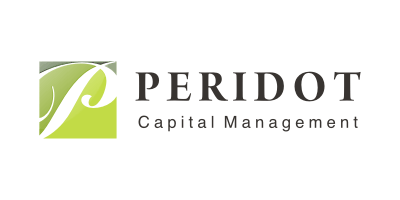That was quite an interesting press release issued by Goldman Sachs (GS) after the closing bell tonight. All day today investors concluded from the details of the SEC's fraud charges that Goldman worked with Paulson and Co. to weaken the composition of the ABACUS transaction in some fashion, perhaps in an effort to boost the odds that Paulson would profit from taking the short side of the trade. The SEC seemed to indicate, judging by the fact that it charged the Goldman employee in charge of the deal for lying, that someone from Goldman told ACA Management that Paulson was actually making a $200 million long investment in ABACUS. Goldman's latest press release seems to tell a much different story. The side that makes their case the best could potentially make the other side look a bit foolish here.
What did Goldman claim tonight? First, they state that their firm lost $90 million on the transaction, as it had a net long position that soured when the CDO went bust. Next, Goldman denies that their employee ever told ACA that Paulson was taking a long position in ABACUS. That directly contradicts the SEC's claim that ACA was told Paulson was going to be long alongside them, which if true, would seem to imply that ACA was fooled into thinking that collaborating with Paulson while structuring the CDO would not be problematic for them.
Another Goldman claim in the release seems to be the most important, in my view, if it is accurate. Goldman says that the single largest long investor in ABACUS was, believe it or not, ACA Management (with an investment of $951 million). If ACA truly was the largest long investor in the CDO, they had every incentive to structure the deal correctly (and Goldman is quick to point this out). In such a scenario, why would ACA ever allow Goldman and/or Paulson to hand-select mortgage securities for the CDO that might jeopardize their investment?
Now, it will take a lot of time to determine whether Goldman's defense is true or not. However, their press release seems to make a bit more sense. If ACA was the firm that selected the portfolio, and also was the largest long investor in the CDO, the ABACUS deal goes from looking like a huge conflict of interest (as it did earlier today) to having interests aligned quite nicely. If you were the largest investor in a deal, it makes sense that you would want to be the firm that got to approve the mortgage securities that were included in it.
Did ACA consult with Paulson and Co. as well as other firms while structuring the deal? The Goldman press release essentially admits this to be true. Should those discussions have been disclosed in the CDO's marketing materials? Maybe. But as long as ACA had the final say, it really does not seem to be a big deal.
After all, would it be considered fraud if a Wall Street analyst recommended clients buy stock in Company XYZ, but before doing so consulted numerous sources, including Company XYZ's CEO? Would that single discussion with the CEO need to be disclosed in the analyst report in order to assure that investors knew that one of the analyst's sources for the research was biased in their assessment of the company's prospects? Of course not.
Like I said, we cannot take Goldman at face value at this point, just as we cannot take the SEC at their word either. After all, the SEC recently brought insider trading charges against high-profile Dallas Mavericks owner and high-tech entrepreneur Mark Cuban --- and lost. If most of what Goldman has said in this latest press release can be proven, it looks like the SEC's case this time around might not be a slam dunk either.
Full Disclosure: Peridot Capital was long shares of Goldman Sachs at the time of writing, but positions may change at any time






